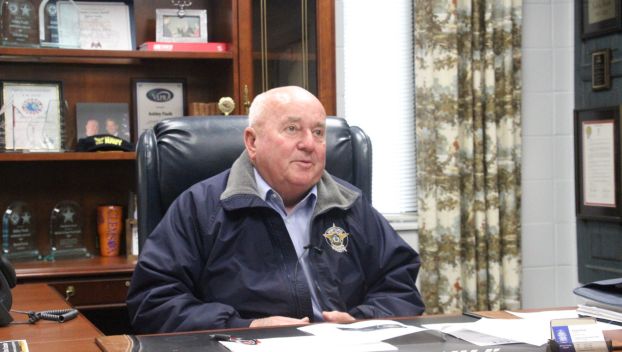
Uncategorized
Gang violence increasing across Southeast
ATLANTA — Gang violence is up throughout the Southeast and pockets of Georgia seem to be the epicenter. ... Read more

ATLANTA — Gang violence is up throughout the Southeast and pockets of Georgia seem to be the epicenter. ... Read more